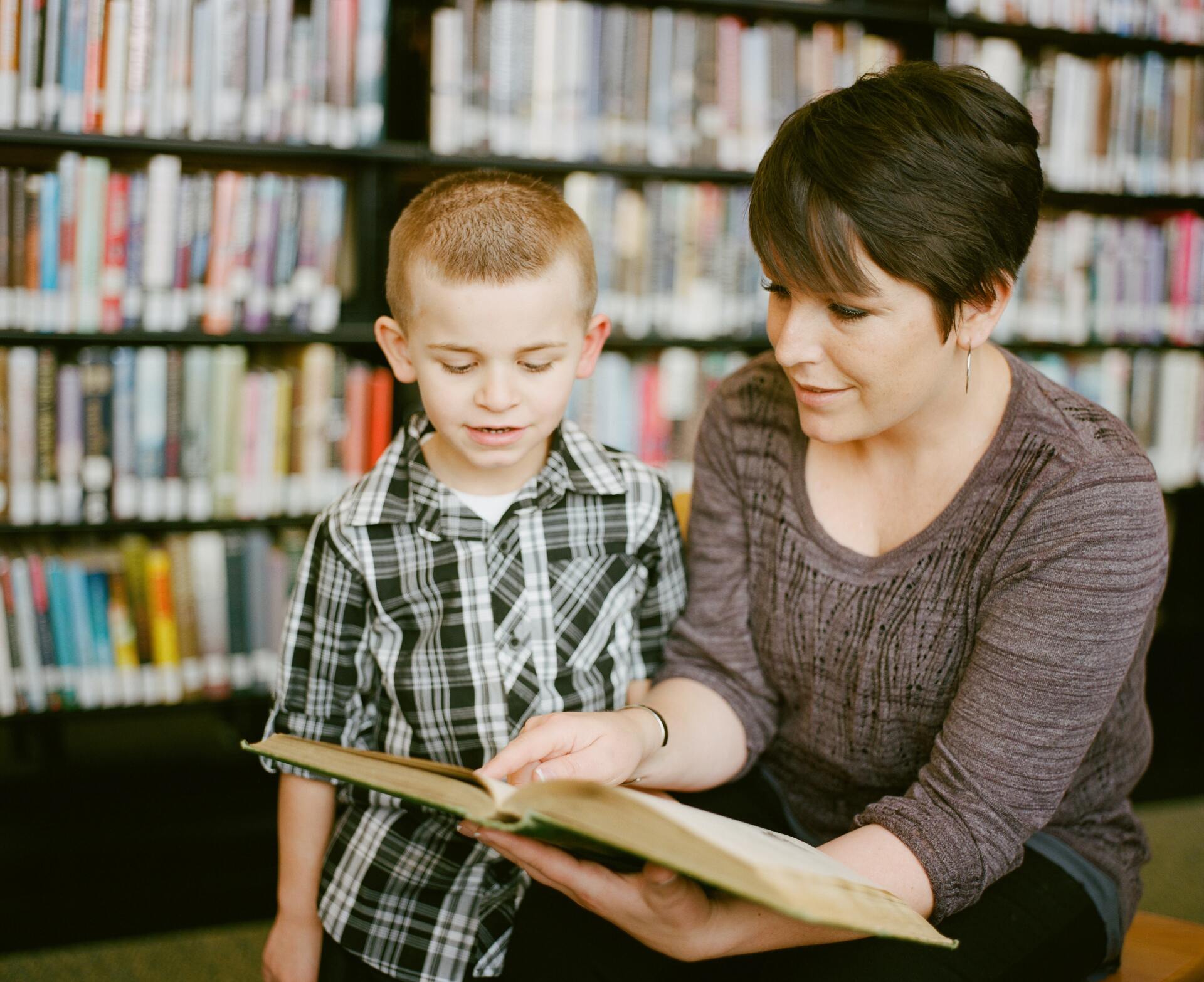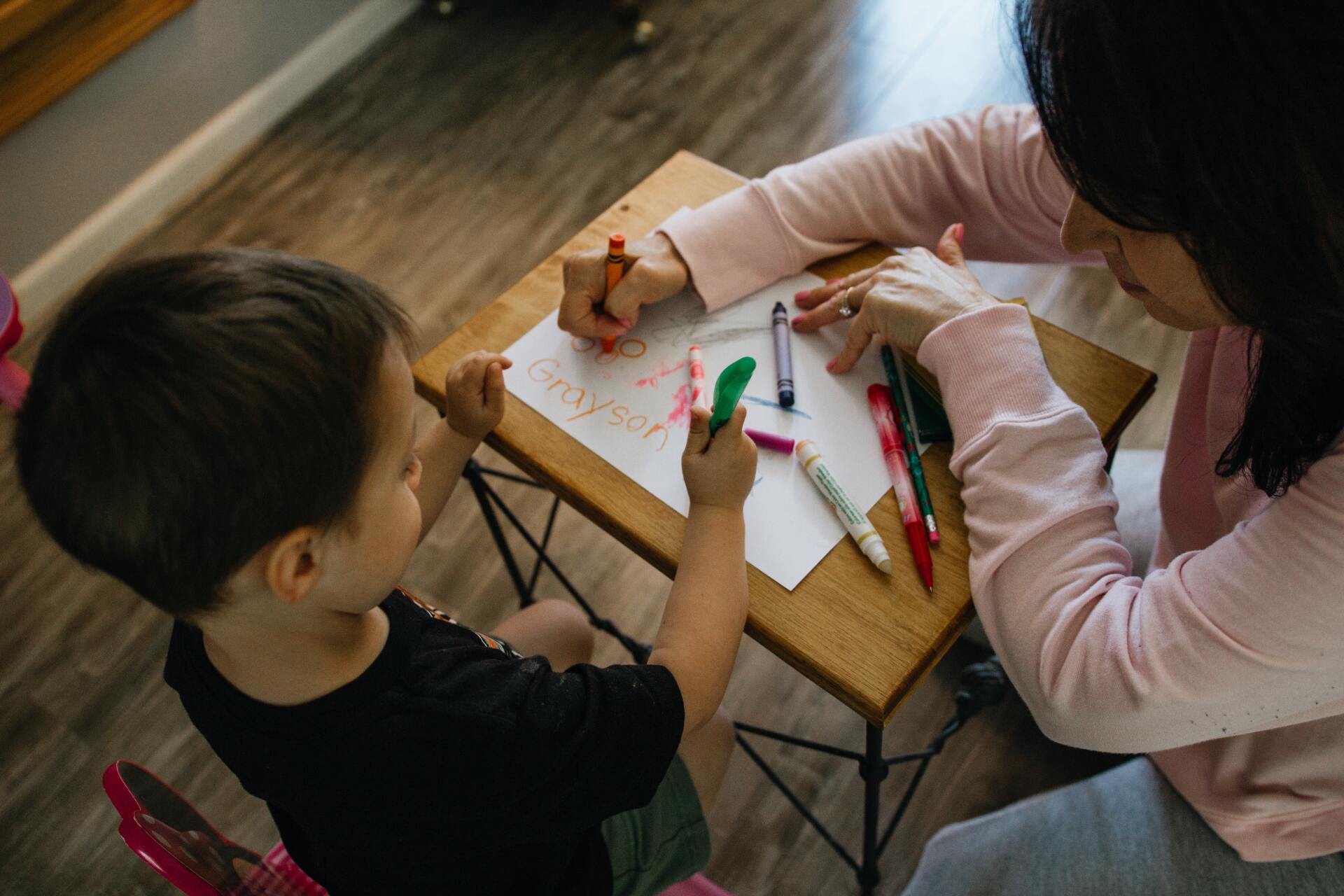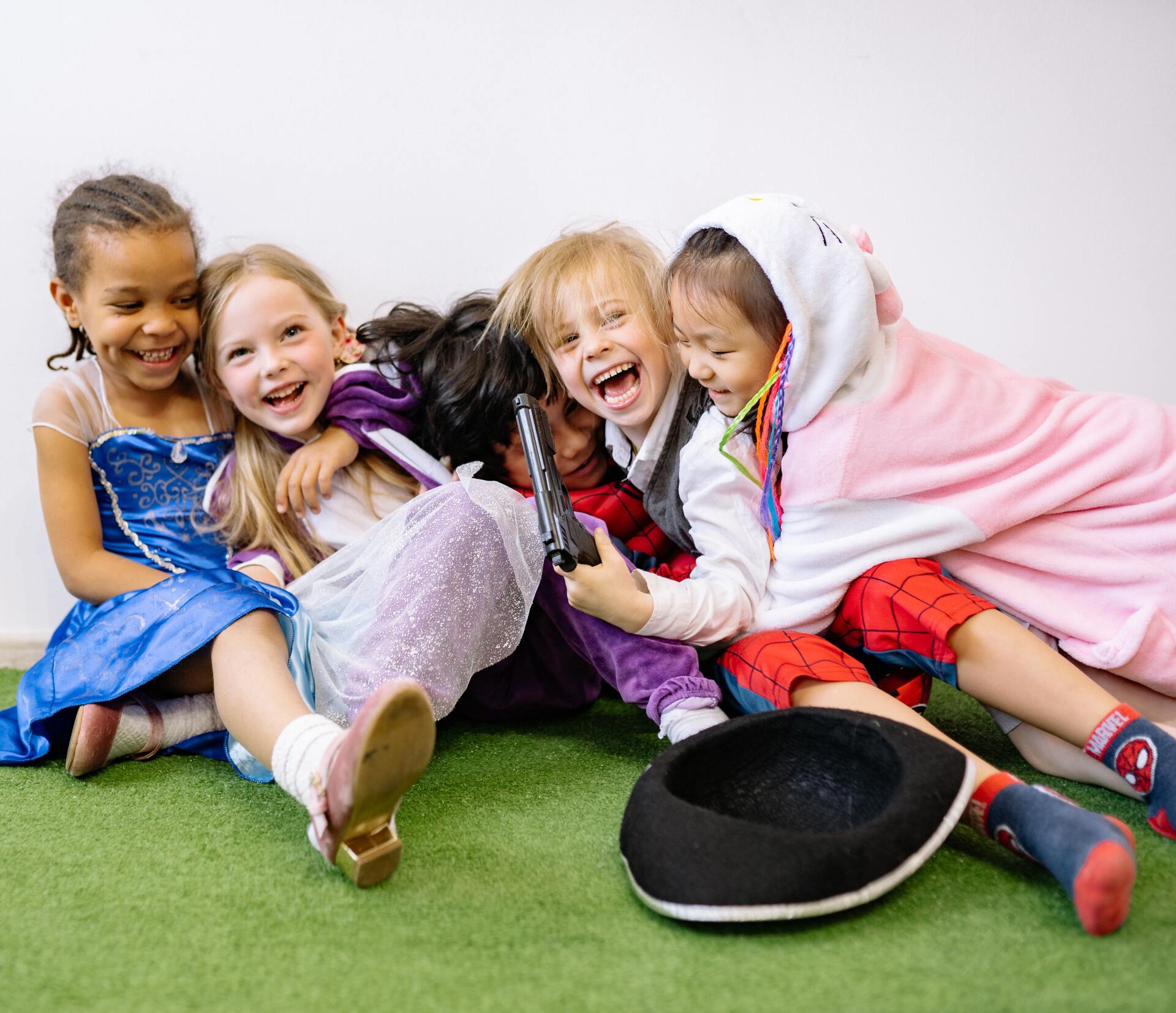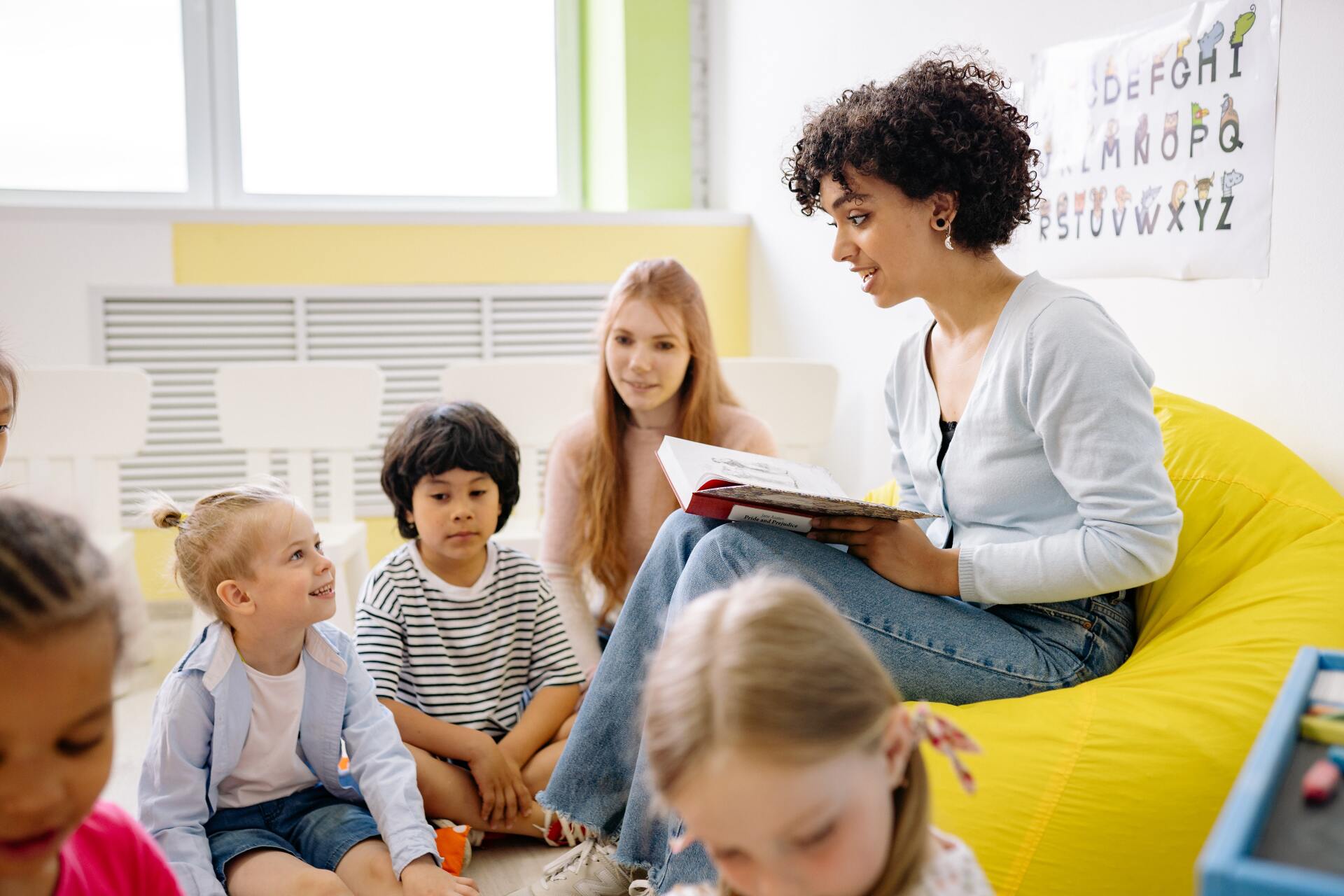Look Who's Talking and Look Who's Listening!
Those who know me well will probably say I love to have a chat, and this is true! Many children we work with try to talk to us too but are not understood correctly.
Did you know all the elements that go into communicating with other people? There are many.
Professor Mehrabian combined the statistical results of the two studies and came up with the now-famous rule that communication is only 7% verbal and 93% non-verbal. The non-verbal component was body language, nonverbal gestures (55%) and tone of voice (38%).
Maybe you are like me who just recently, with coronavirus home isolation, began to use social media or technology to remain connected. I found it strange to lose the whole human interaction and engagement, which I have spent years trying to understand. What I mean by this is not witnessing the body language, hearing voice tones, and the micro gestures others show us to demonstrate how they are feeling about the subject we are talking about. In turn, this provides a whole picture of what someone is communicating. So if this was the case for me, an adult (I try) with years of communication experience, how do you think a child would feel if they are under five and still learning...EVERYTHING about communication.
If babies and children are not provided opportunities to express themselves and communicate with others in a variety of ways, it can contribute to them feeling as though they are never heard or understood. As adults, we tend to give up trying to communicate with someone when we do not feel as though they are listening or open to how we are communicating with them. It is the same with children, they will lose their spark to investigate, problem solve and communicate in different ways. They may become withdrawn, have difficulty making sense of their experiences during play and at home and miss out on the many valuable interactions needed to extend their vocabulary and communication skills. So how do we as parents and/or educators ensure we are supporting our children to become effective communicators right from birth? How can we provide experiences to encourage them to develop a love of communicating with others?
I would like to share some simple tips you can incorporate in day to day life working with our marvellous mini people in supporting them to be heard and develop language skills.
1. Active listening/and being present
Active listening is a great way to improve your communication with children. It lets a child know you are interested in what she/he has to say.
To practice active listening:
- give your full attention to the child
- make eye contact and stop other things you are doing
- get down on your child's level
- and reflect or repeat back what they are saying and what they may be feeling to make sure you understand
2. Get down to their level
To help children feel more comfortable when communicating with you, bend so that you are at their eye level. This proactively shows you are listening to what they are saying and paying attention. It also builds the connection between you and the child.
There will be times when challenging behaviour by the child may need to be addressed, but it is important to deliver negative feedback in a way that leaves the child with a positive outlook. This is important for a child to experience as it prepares them for how they manage negative conversations in the future. Bending and speaking calmly to a child about their behaviour can help the child feel less intimidated so they can comprehend what is communicated to them. Giving them some gentle guidance about how they could make a better choice next time helps them to feel positive about the interaction.
3. Acknowledge their feelings
Communication is developed by expressing how we feel. When a child opens up about how they feel they want to be acknowledged. Don't dismiss what they share by saying 'stop crying' or 'you're okay'. These can make the child feel invalidated and is a way for them to conceal how they feel in the future. Keep the lines of communication open by offering empathy. Respond with 'I understand how you feel' or 'It's okay to feel upset sometimes'. This will help them share how they feel with no fear of judgement, so they don't feel unheard or misunderstood.
4. Control your responses
Children can say and do things that can provoke an emotional response from you. Positive communication with children relies a lot on how you control your emotions. Use positive words, use relaxed body language, and remain calm - especially when a challenging behaviour occurs. Counting to ten before responding to a child can be a great way to help.
5. Show empathy, love and genuine affection towards children!
If you are in the early childhood sector you already have these traits, please do not forget to use these on the daily!
I hope you find this something you can try and implement as you will see the benefits for children and bring joy within the role you LOVE!











